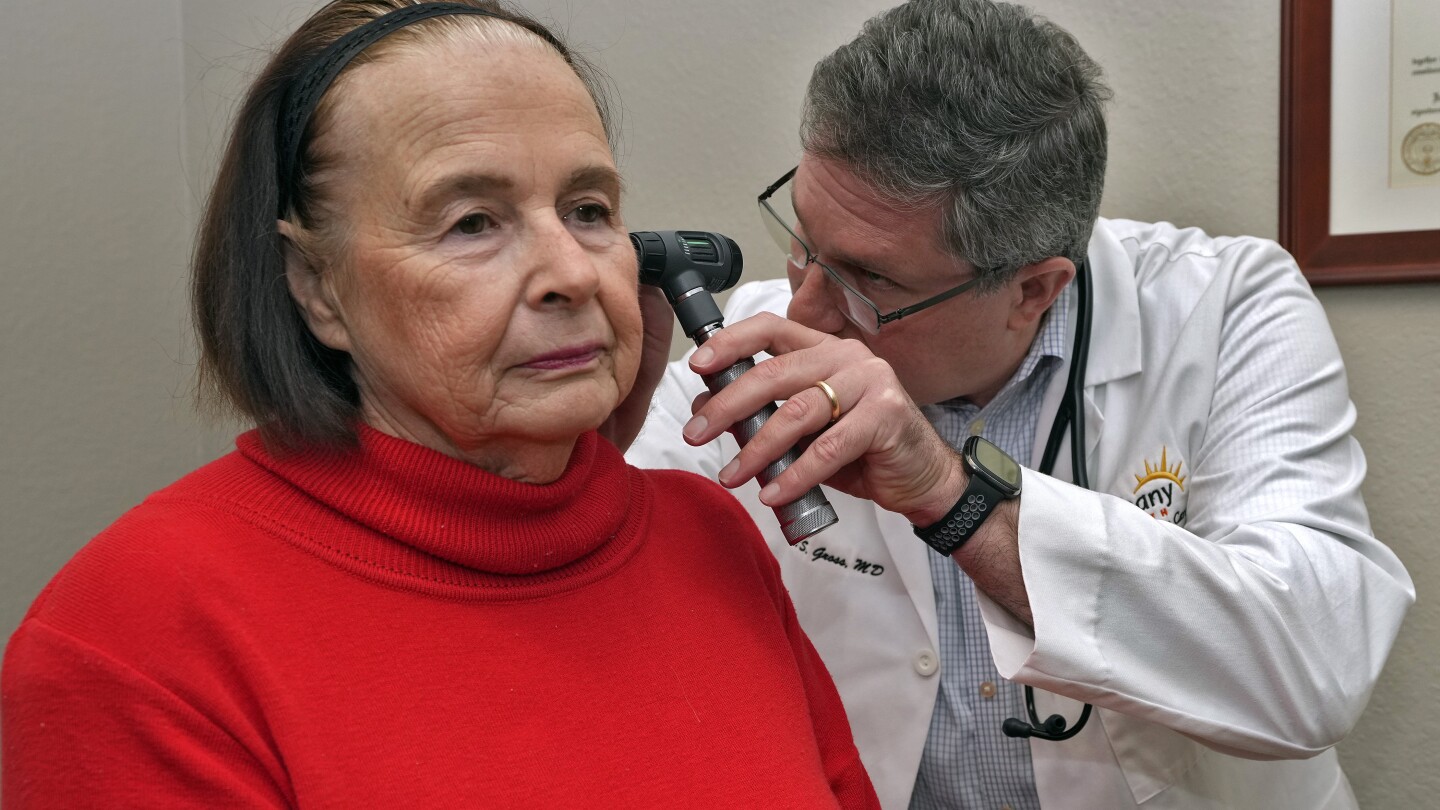Beyond Insurance: How Direct Primary Care Could Revolutionize Healthcare Under Trump

Revolutionizing Healthcare: The Rise of Direct Primary Care
Imagine a healthcare model that puts you directly in touch with your doctor, eliminates frustrating wait times, and provides comprehensive care for a simple monthly fee. Direct primary care is transforming how patients experience medical services, offering an innovative alternative to traditional healthcare approaches.
For a modest monthly subscription ranging from $50 to $100, patients gain unlimited access to their personal physician. This modern healthcare solution breaks down barriers, allowing individuals to schedule consultations, receive routine check-ups, and address medical concerns without the stress of additional per-visit charges.
By cutting out complex insurance bureaucracy, direct primary care clinics create a more personalized, convenient, and transparent healthcare experience. Patients enjoy the freedom of frequent, unhurried interactions with their healthcare provider, ensuring more comprehensive and attentive medical support.
As healthcare costs continue to rise, this patient-centered model is quickly gaining popularity, offering an affordable and accessible approach to maintaining personal health and wellness.

